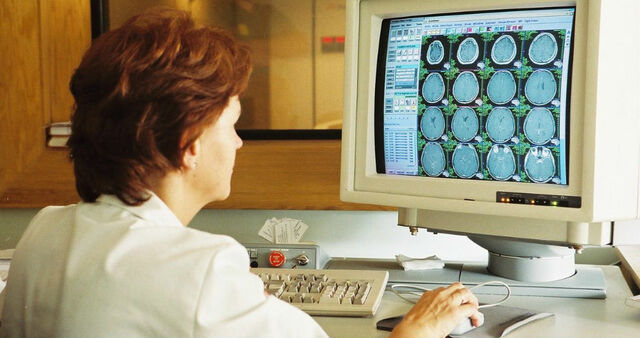
Neurosurgery is complicated. When mistakes are made before, during or after neurosurgery, a patient is exposed to potentially dire complications. A study released over the summer identified the top factors in medical malpractice claims against neurosurgeons.
The Doctors Company is a physician- owned medical malpractice insurance provider. In August it released the findings of its internal study of medical malpractice lawsuits and claims involving neurosurgeons between 2014 and 2019 (“The Malpractice Experience of Neurosurgeons 2014-2019: Patient Selection and Communication May Mitigate Risk of Claims”).
Just about 300 closed medical malpractice claims and lawsuits were included. The researchers sought to identify common contributing factors to the claims of medical errors filed in the six-year period.
The most common neurosurgical procedure involved was fusion of the spinal column.
Serious Patient Injuries from Medical Errors
Using a standard industry scale, the researchers determined that 40% of all medical malpractice allegations involved patients suffering high severity injuries. Examples of high severity injuries are:
- Death
- Quadriplegia
- Paraplegia
- Severe brain damage
- Deafness
- Blindness
Three types of errors accounted for the majority of the claims:
- Improper performance of neurosurgery – 40% of the medical malpractice allegations
- Improper management of the neurosurgery patient – 33% of the medical malpractice allegations
- Misdiagnosis – 10% of the medical malpractice allegations
The improper performance of the surgical team stemmed from errors made in the operating room and included allegations of poor surgical technique, or issues with selection or the management of the surgical procedure.
The improper surgical patient management allegations were found by researchers to occur as early as during the initial office consultation and through the post-operative care.
Misdiagnosis Causes High Severity Patient Injuries
The study noted that medical malpractice claims of misdiagnosis included:
- Failure to diagnose
- Delay in diagnosis
- Wrong diagnosis
Misdiagnoses, according to the study, could happen during any stage of the medical care process. While diagnostic errors were the third most common type of medical malpractice claim, they involved the highest percentage of patients with high severity injuries.
Failure or delay in ordering diagnostic tests – such as CT scans or MRIs - as well as misinterpreting test results, were found to be contributing factors in the allegations.
Clinical judgement errors were found in more than half of the claims, with the top two examples being patient assessment issues and selection and management of patient therapy
Another contributing factor in the medical malpractice claims was poor communication, largely between physicians and patients, and among healthcare providers.
The study provides recommendations to avoid or limit future neurosurgery error claims. One recommendation is for surgeons less experienced with a given procedure to include a more experienced counterpart in the OR. Also, neurosurgeons should select only patients who are appropriate candidates for a specific procedure and then maintain clear and effective communications with them and their families.
The study found there usually were many contributing factors in neurosurgeon medical malpractice claims. This often is the case when any type of serious medical error occurs.
If you or a loved one suffered severe injuries from substandard medical care, speak with a personal injury attorney experienced in conducting medical malpractice investigations.
The choice of a lawyer is an important decision that should not be based solely on advertisements.
Authored by Gray Ritter Graham, posted in Blog October 27, 2021

 RSS Feed
RSS Feed